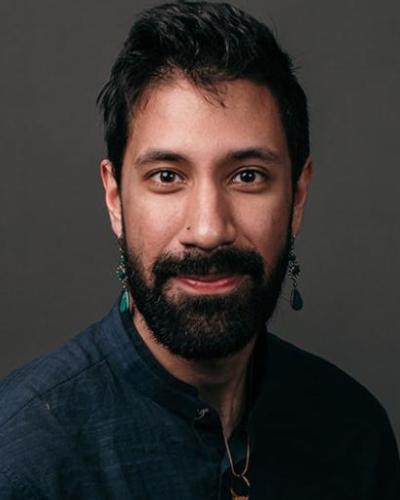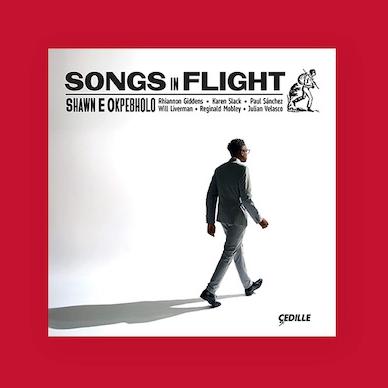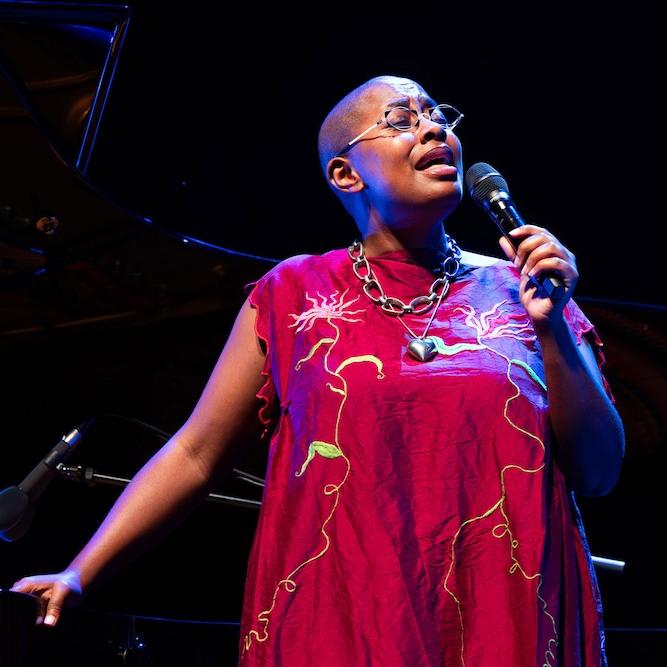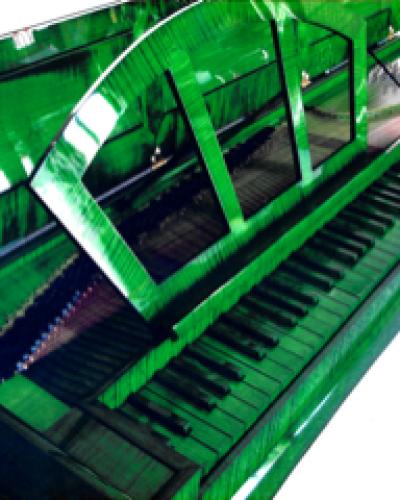Whether splendid tools of the virtuosos in concert hall and cathedral, or symbols of intimacy and escape in the subterranean practice room or moonlit drawing room, keyboard instruments and their music do not exist in isolation. The very materials used in their construction— from the spruce soundboard in a Ruckers harpsichord, to the ivory key tops on an Érard piano, to the lead-tin alloy pipes of a Stellwagen organ —proclaim their connection to the wider world, to global networks of trade, innovation, and exploitation, with diverse ecological and infrastructural conditions. Transforming these raw materials into exquisite keyboards and the music they produce are the many unsung figures of music history: loggers, hunters, brokers, entrepreneurs, cabinetmakers, tuners, and conservators.
This symposium asks how notions of sustainability might prompt us to think anew about keyboard histories, embedded as they are in ecologies of nature and commerce, artifice and art, craft and industry. What are the stories keyboard instruments tell about climate and changing weather, extraction and global trade, nature and environment? From matter and materials, to institutions and infrastructure, what are the challenges for conservation, restoration, and curation of historical keyboard instruments? To what extent are those histories, and the instruments that embody them, sustainable into an uncertain future?
Over a day-and-a-half we will consider these questions in a series of panels, workshops and concerts, with performances on Cornell’s collection of historical pianos and organs. Participants include Anne Acker, Matt Bengtson, Malcolm Bilson, Xak Bjerken, Janie Cole, Fanny Gribenski, Scott Hankins, Randall Harlow, Nathan Laube, Alex Meszler, Kirsten Paige, Annette Richards, Sezi Seskir, Ken Walkup, Morton Wan, David Yearsley, and more.
This symposium is made possible by the Atkinson Forum at Cornell, with co-sponsorship from the Cornell Center for Historical Keyboards, the Cornell Department of Music, and the Westfield Center for Historical Keyboard Studies.





